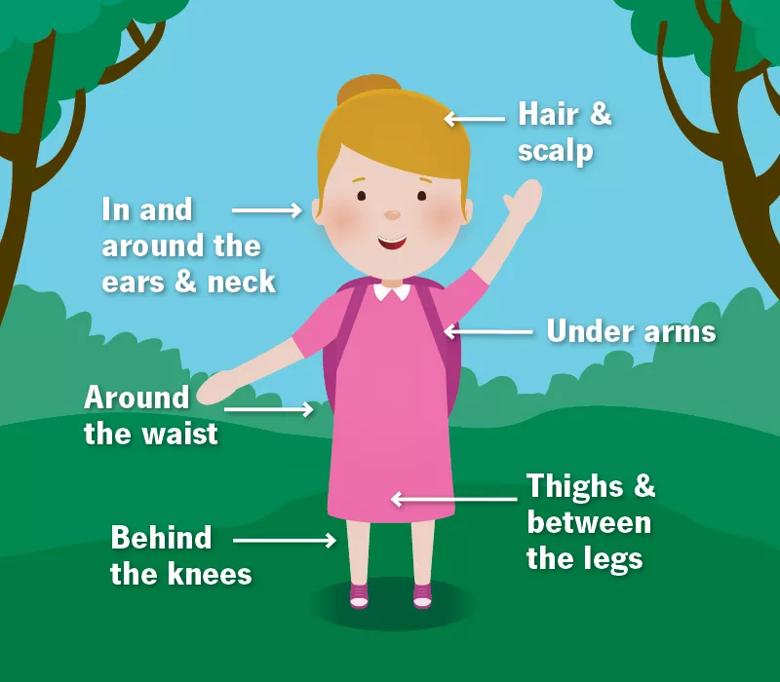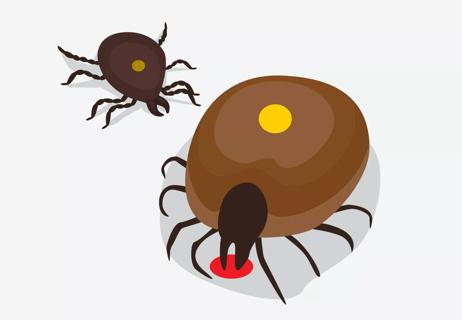Don’t let ticks cast a shadow over your summer

Beach days, barbecues, ice cream … and ticks? Summer fun, unfortunately, goes hand-in-hand with tick season (May to October).
Advertisement
Cleveland Clinic is a non-profit academic medical center. Advertising on our site helps support our mission. We do not endorse non-Cleveland Clinic products or services. Policy
“This can be very emotional for parents,” says pediatric infectious disease specialist Frank Esper, MD. “It’s scary when they find a tick burrowing in, and there’s a lot of concern about the diseases ticks can transmit.”
So what do you do if your child has been bitten? Dr. Esper shares some easy-to-follow guidelines.
Up your tick removal game: Start with blunt-tipped tweezers.
Ignore old wives’ tales: “I’ve seen people pour turpentine on the tick. They use petroleum jelly or try to burn them off. Don’t,” warns Dr. Esper. Not only are these tick removal methods less effective, studies say they may increase your risk of getting a tick disease because the tick may release more saliva. Plus, some are downright dangerous.
Look at the silver lining: Dr. Esper says the odds that your child has contracted a tick-borne illness are low, even if you live in a tick disease hotspot. “If you or your child has been bitten by a tick, and it’s been less than 36 hours, the likelihood of it transmitting Lyme disease is less than 3%. For transmission, the tick has to have been feeding on you for three days or more. Even then, we calculate the risk to be 25%. So that’s still a 75% chance you’re not going to get the infection.”
Advertisement
Fight your instinct to burn that bug to high heaven. Don’t destroy the tick. Instead, bring it to your physician. “We can figure out if it’s a bad tick or not. Put it into a sealable bag or cup, take it to your doctor or call them up to have it analyzed,” advises Dr. Esper.
If it’s a Lyme disease-carrying tick, your pediatrician may give your child a one-time dose of doxycycline. This antibiotic helps prevent Lyme disease from developing.
Despite your vigilance, you may not know if your child has been bitten by a tick. While tick disease symptoms can appear at any time, Dr. Esper recommends seeing a doctor if you notice any of these signs:
Examine everyone’s skin from head to toe after coming in from outside. Showers can also prevent ticks from attaching.

Brace yourself: There are more than 800 types of ticks. (Ew!) However, most don’t carry human diseases, and most tick bites will not result in infections. But stay alert if you live in an area where ticks are active:
Advertisement
Learn more about our editorial process.
Advertisement

Alpha-gal syndrome is still somewhat rare, but cases are growing

Bleeding is a risk and warrants taking care, but the reward of this lifesaving medication is great

Severe and debilitating headaches can affect the quality of your child’s life

With repeat injections over time, you may be able to slow the development of new wrinkles

Although it can be alarming, it’s normal to experience blood clots during menstruation

Type 2 diabetes isn’t inevitable with these dietary changes

Applying a hot or cold compress can help with pain